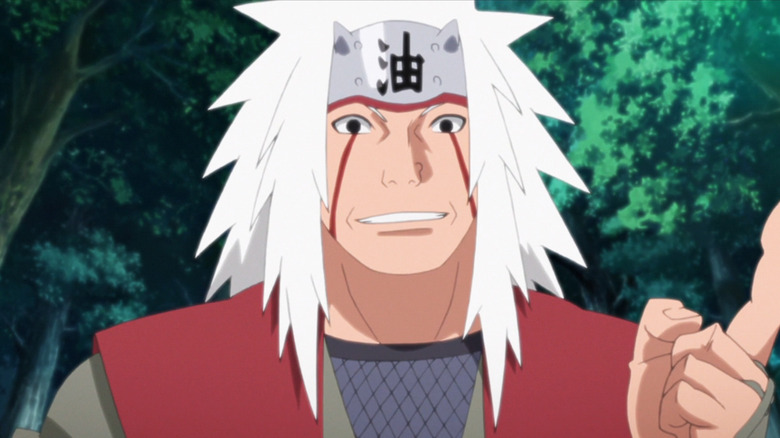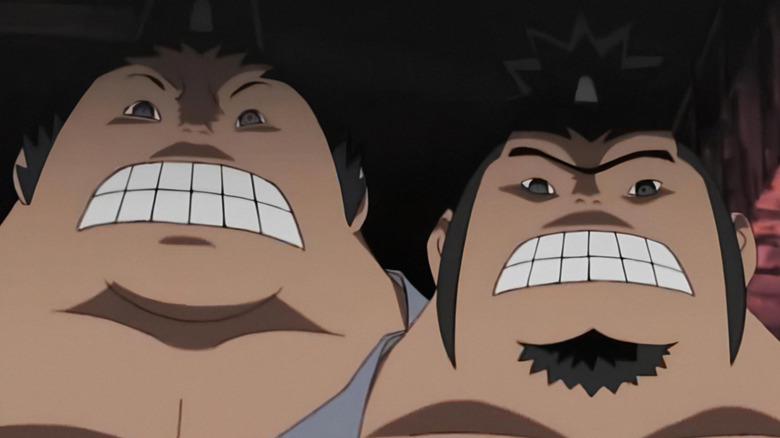Is Naruto Based On Real Life? Yes - A Lot More Than You Think
"Naruto" is as fantastical of a fictional series as can be, incorporating countless shades of magical abilities, otherworldly beasts, and even intergalactic aliens into its expansive story. That said, the bases for some "Naruto" characters originate in Japanese folklore and, in some cases, real-world history, grounding some of its fantastical elements in larger storytelling traditions.
One of the most blatant examples of a "Naruto" character taking inspiration from Japanese folklore is Kurama, the nine-tailed fox spirit that inhabits Naruto. Nine-tailed foxes, in fact, are a fixture of not just Japanese myth but ancient Chinese and Korean stories too, giving the basis of Naruto's magical powers a firm grounding in an overarching East Asian tradition. The rest of the tailed beasts, like the one-tailed Shukaku and the four-tailed Son Goku, are similarly grounded in popular mythology.
Someone else directly inspired by a real life figure is Naruto's mentor Jiraiya, who resembles a character from Japanese folklore down to his very name. Stories about a toad-riding character named Jiraiya date back to the 1800s and span a variety of media including the written word, theatrical performances, and ukiyo-e paintings. So, to Japanese audiences, Jiraiya's character is plenty familiar given his extensive history in fiction.
Real-world influences are extensive in Naruto
Influences from Japanese mythology are frequent throughout "Naruto," extending even to characters limited to single anime episodes, like the Legendary Stupid Brothers in Episode 142. Individually they're Raijin and Fujin, which are the names of two iconic Japanese deities with command over lightning and wind respectively.
Another major influence on "Naruto" is a fictional ninja named Sarutobi Sasuke. Author Masashi Kishimoto is clearly attempting to draw attention to this, given that he named significant characters both Sasuke Uchiha and Hiruzen Sarutobi. Furthermore, stories about Sarutobi Sasuke pit him against ninjas from a rival clan, perhaps inspiring in a broad sense the conflicts between ninja clans throughout "Naruto."
While Sarutobi Sasuke is something of a composite of real-world individuals — he's a koga ninja, which is a group that actually once existed — "Naruto" directly nods to real-life history too through Danzo Shimura and Dan Kato. Both of these characters share a name with a historic ninja named Kato Danzo who became renowned in Japan for his supposed ability to perform otherworldly feats.
So, even if the series is largely Kishimoto's original work, the fingerprints of various folkloric and historical figures, plenty familiar to a sizable portion of its Japanese audience, are all over "Naruto."

